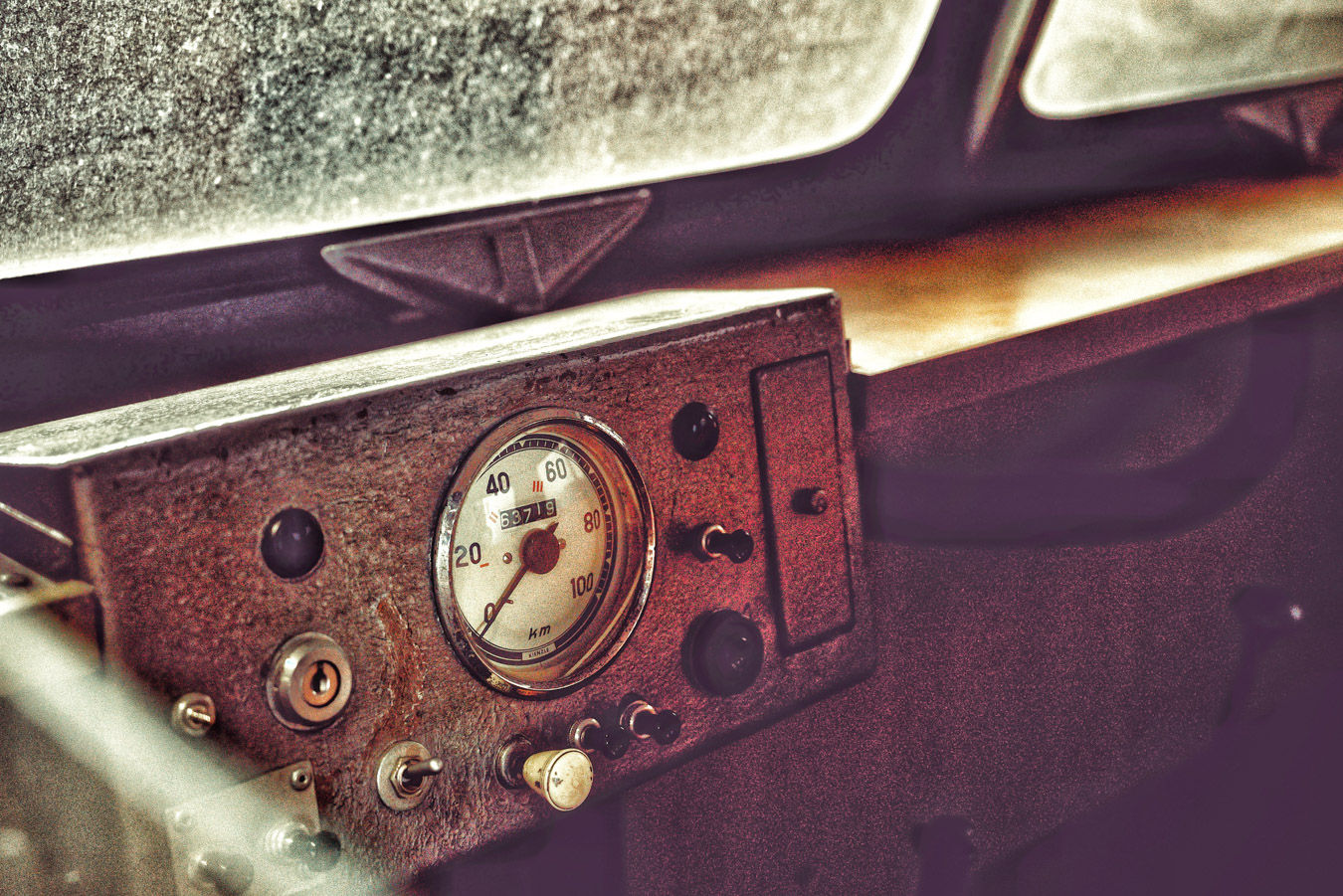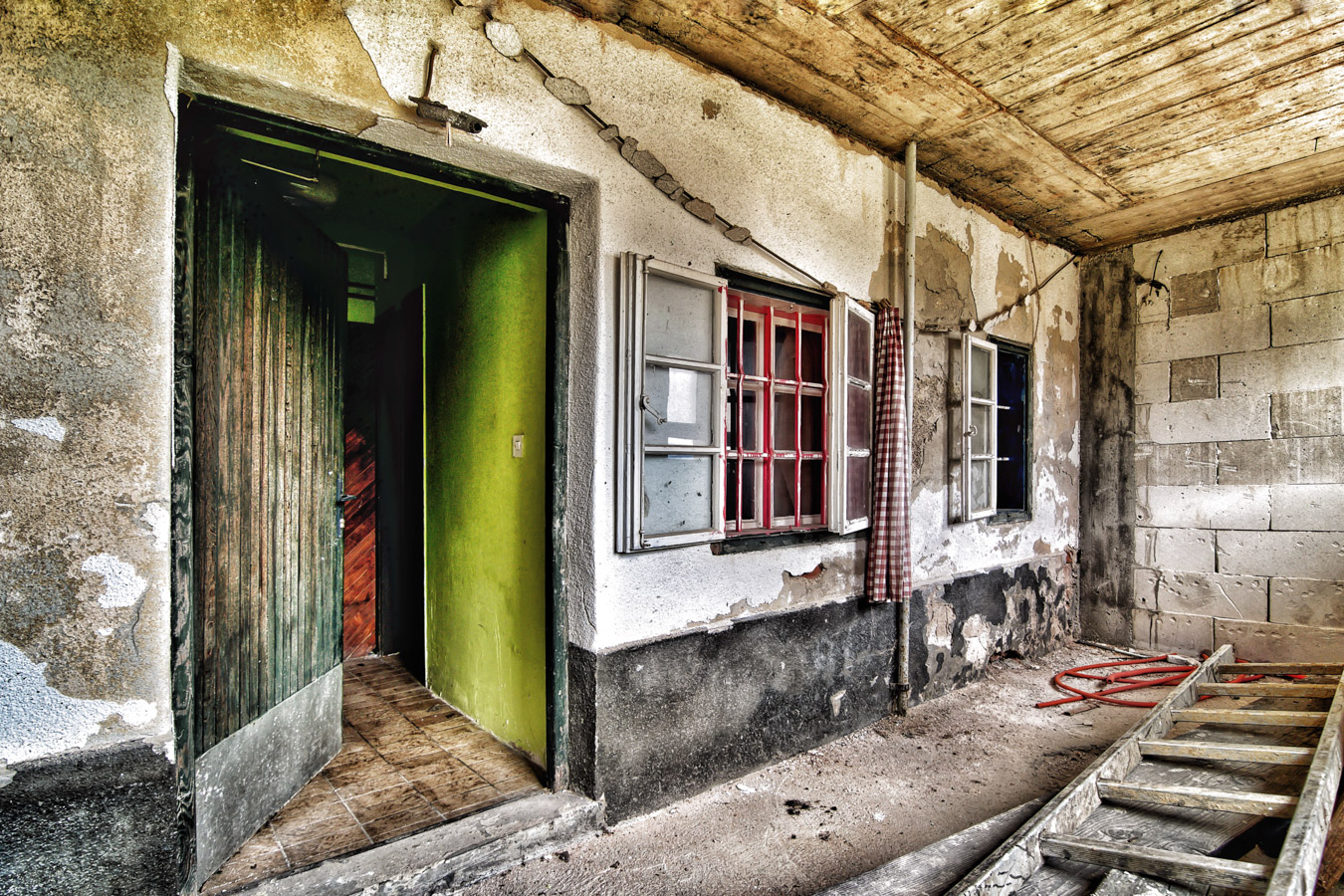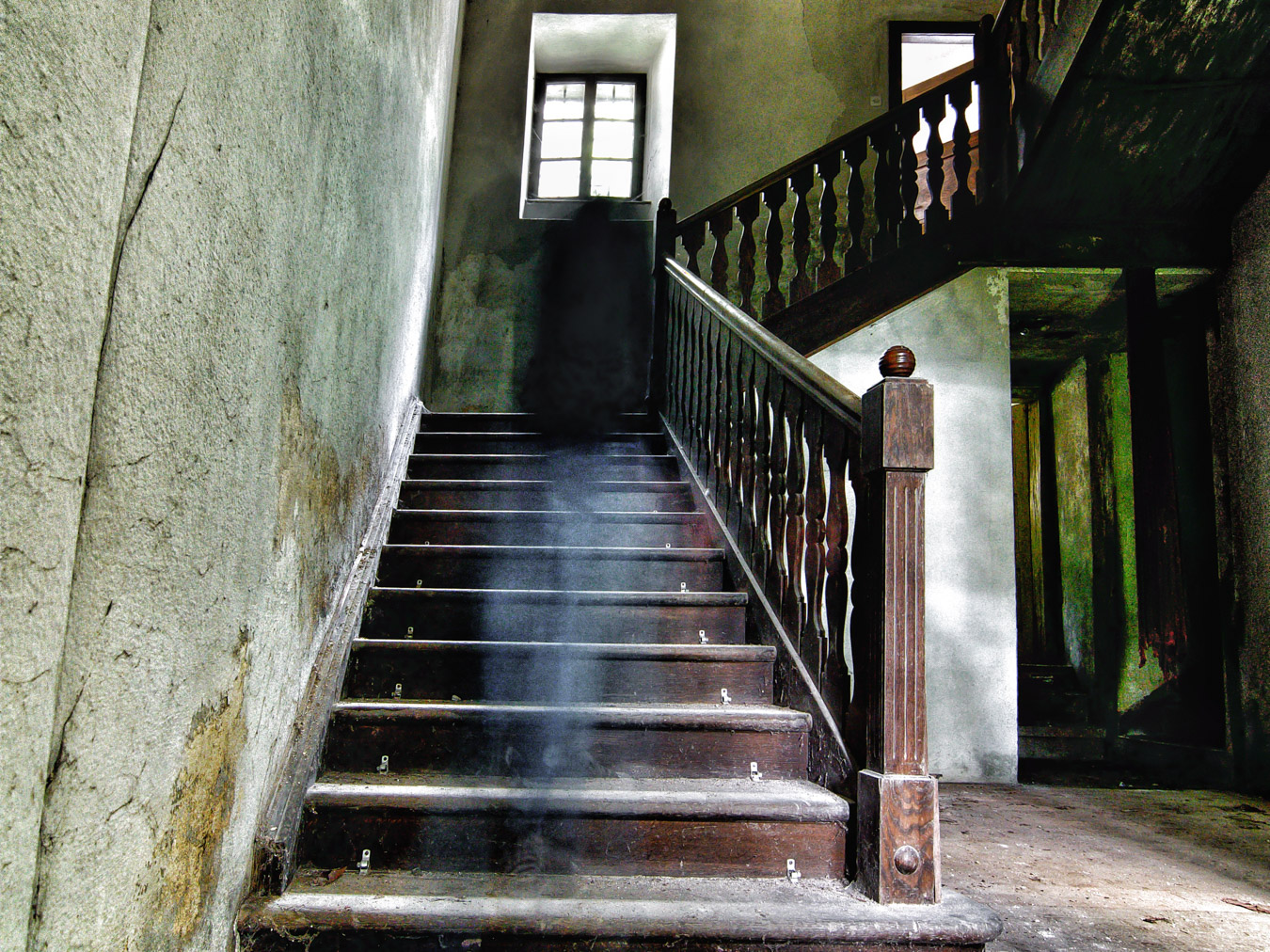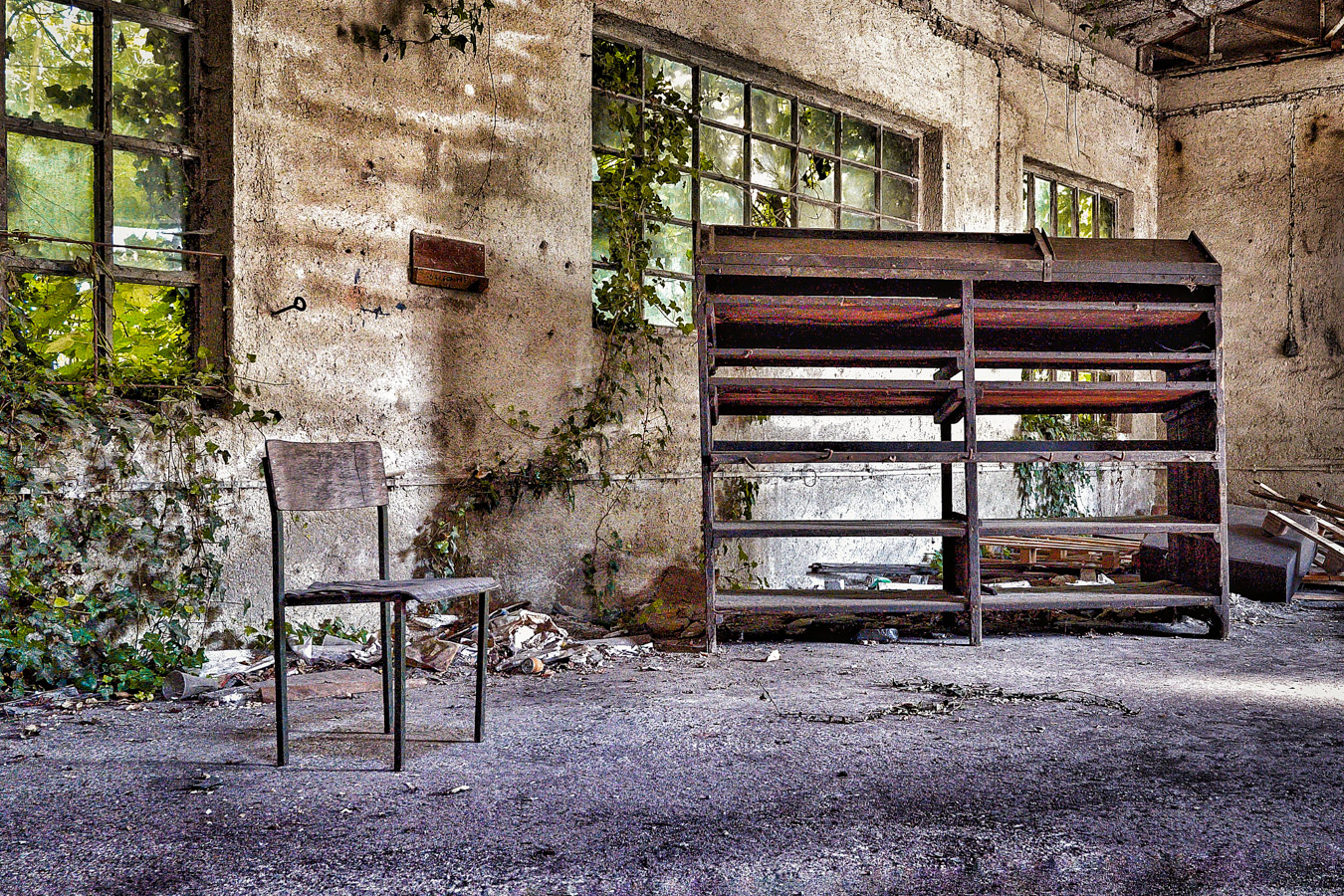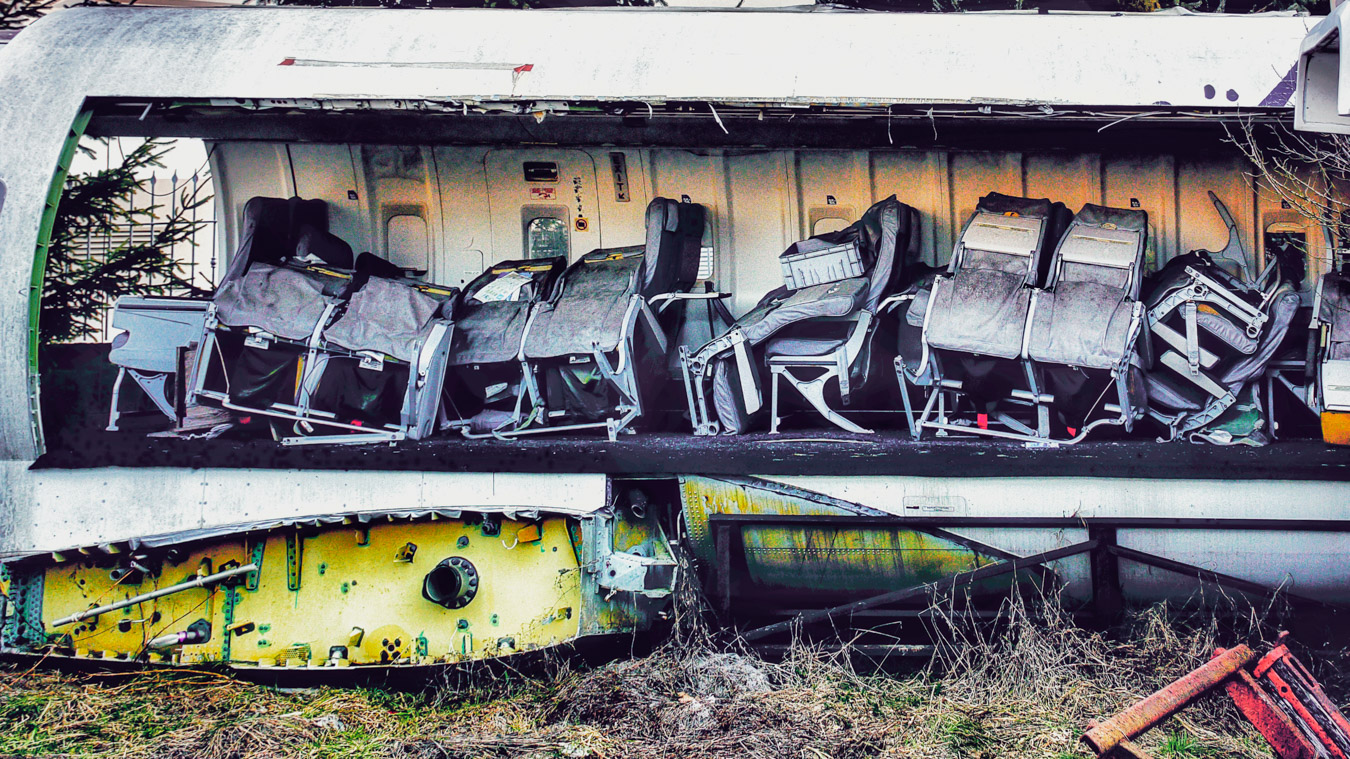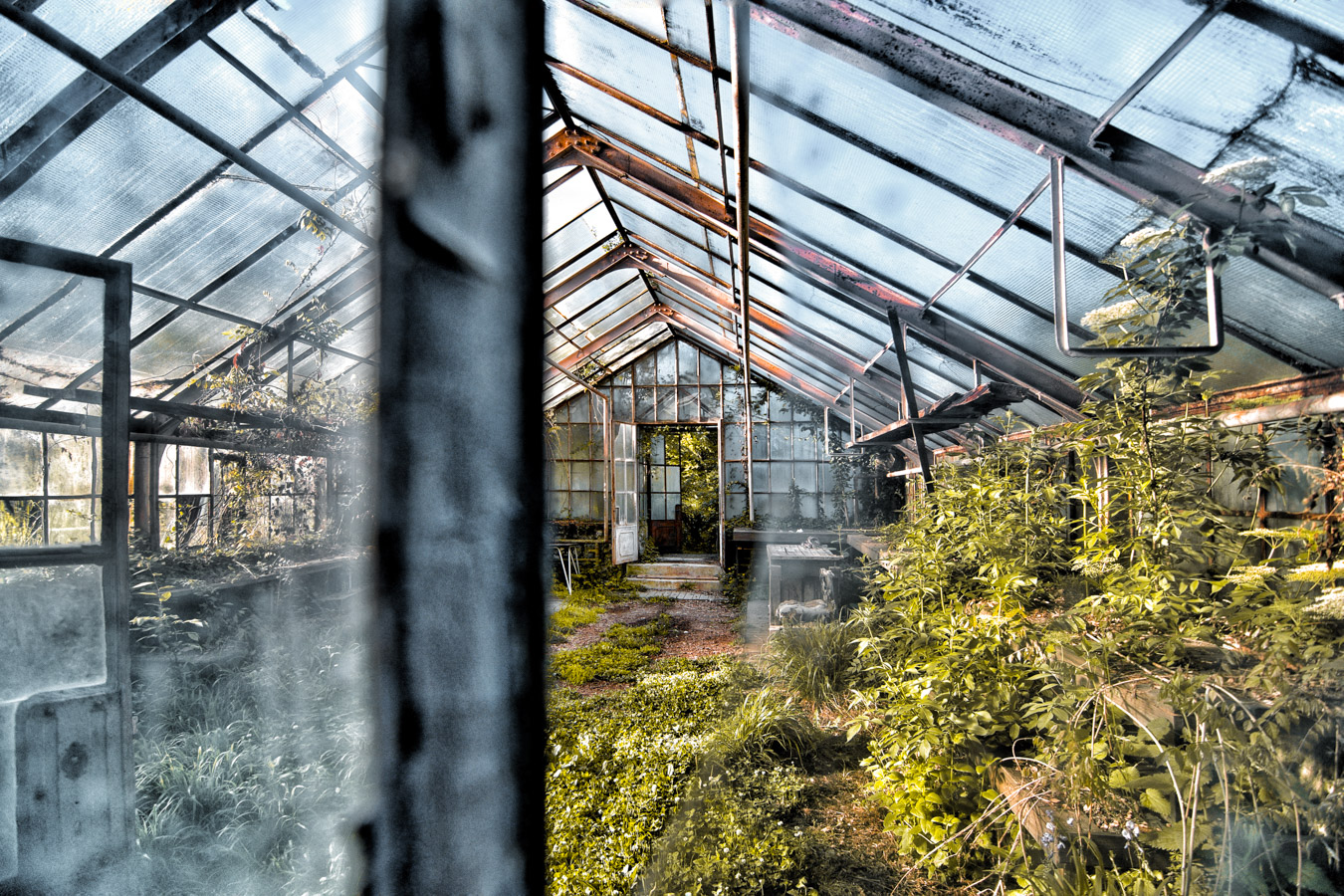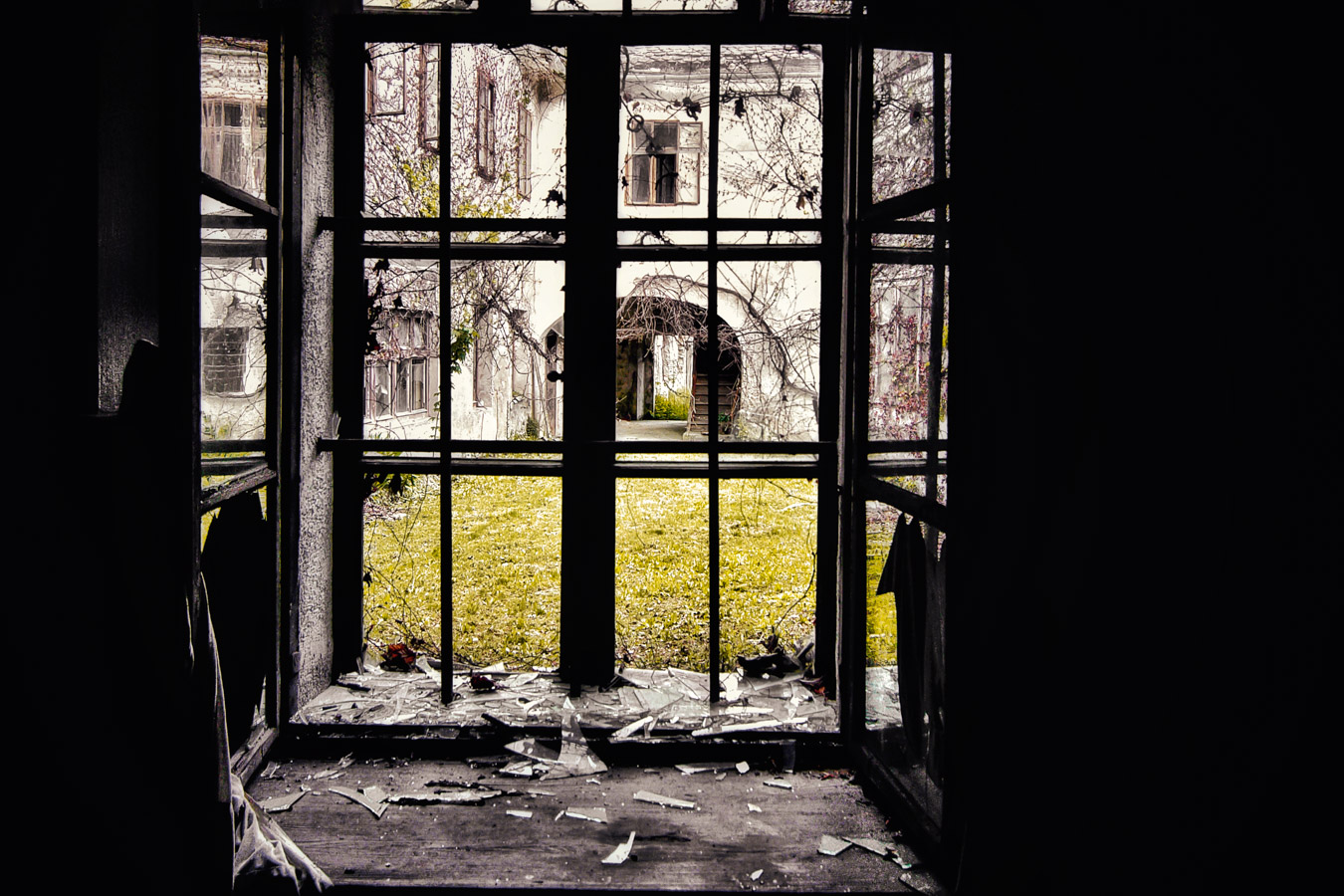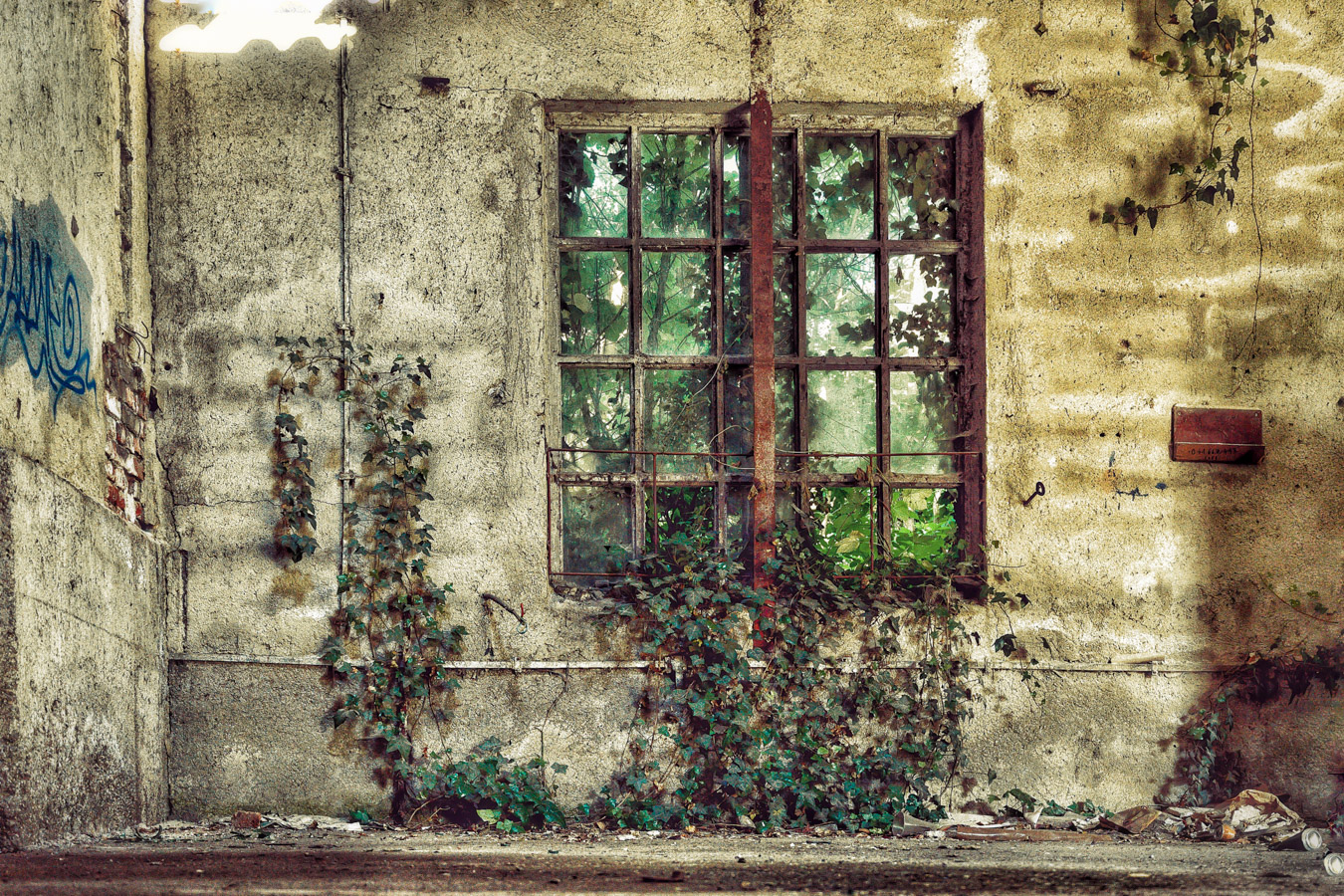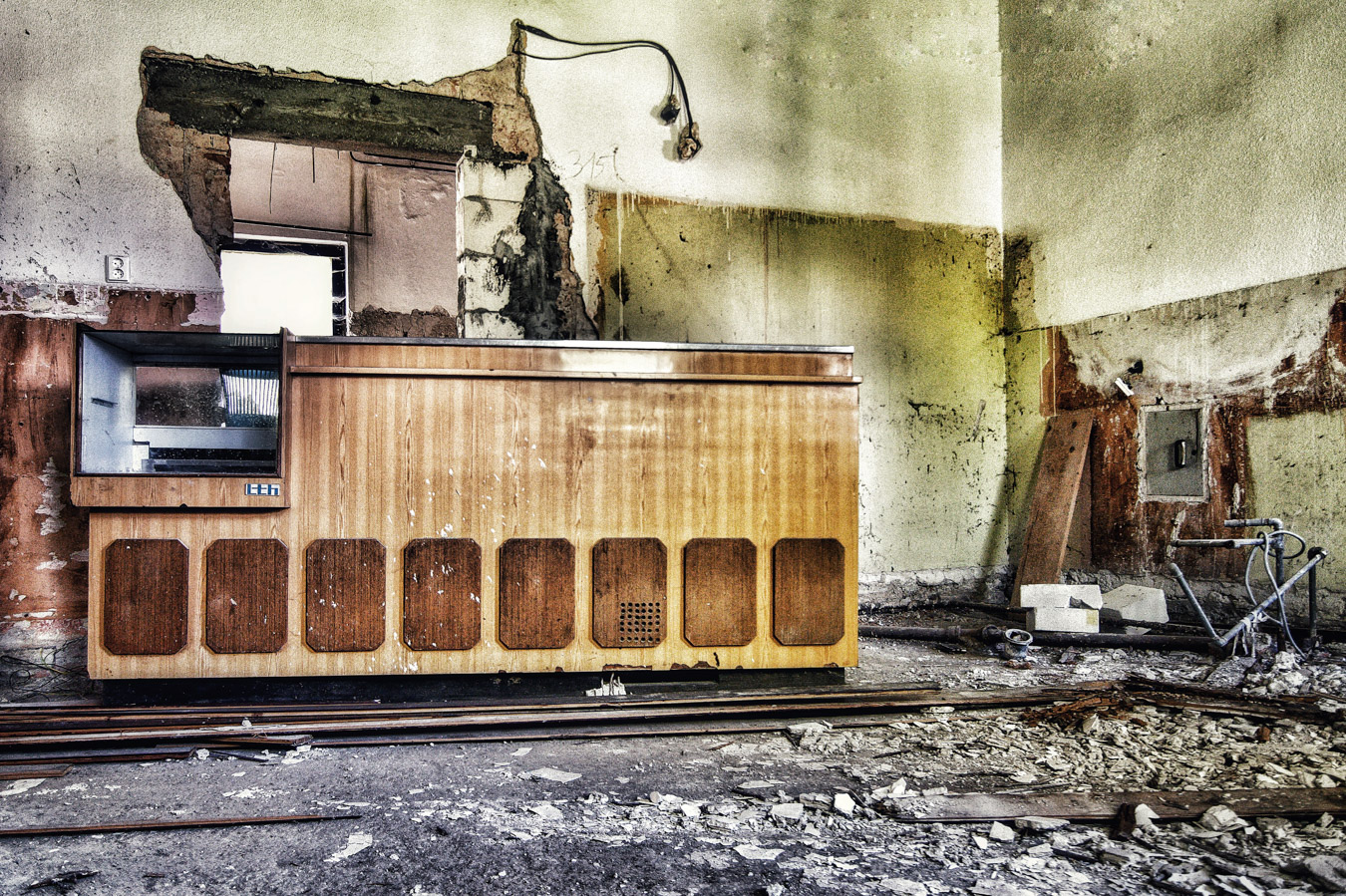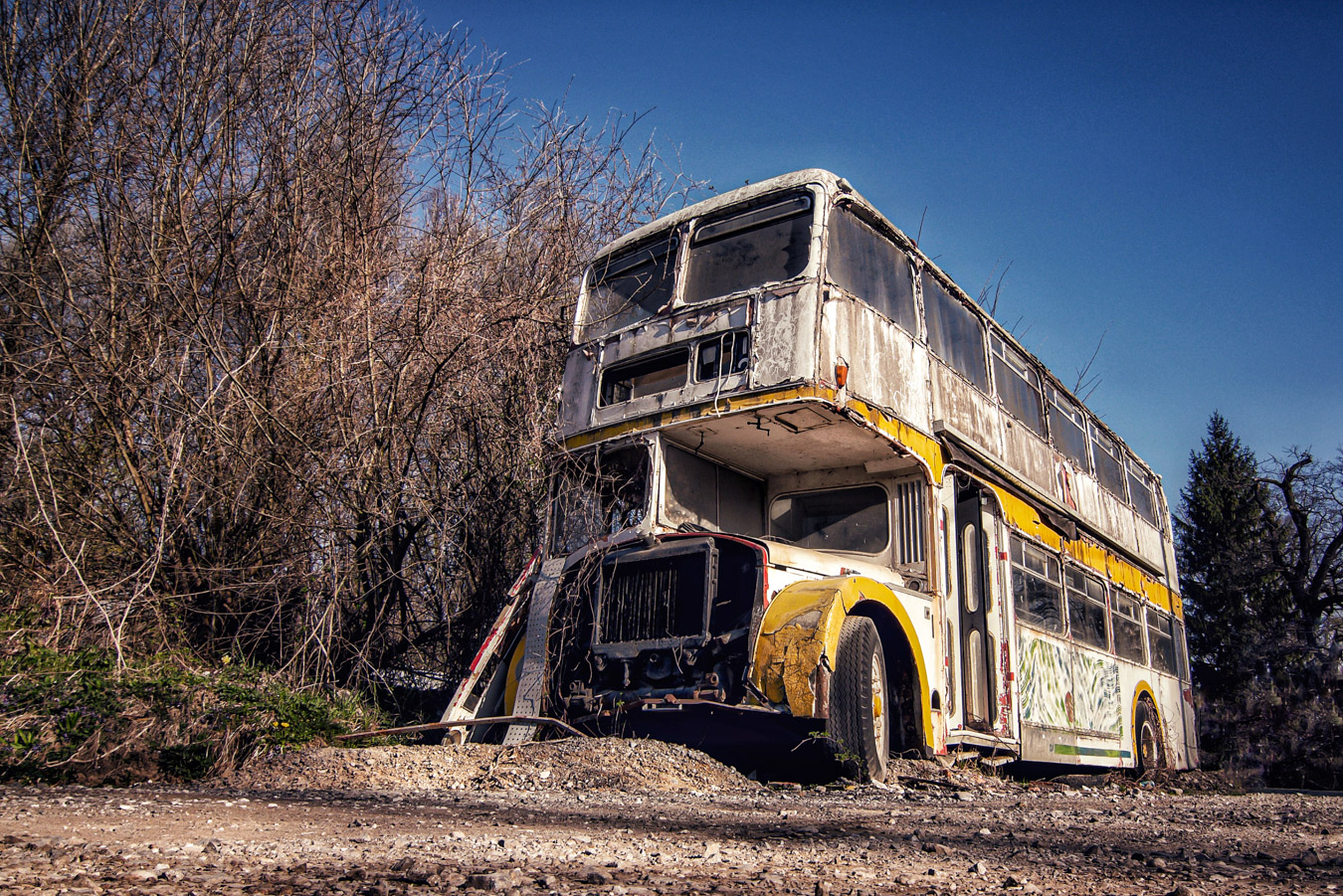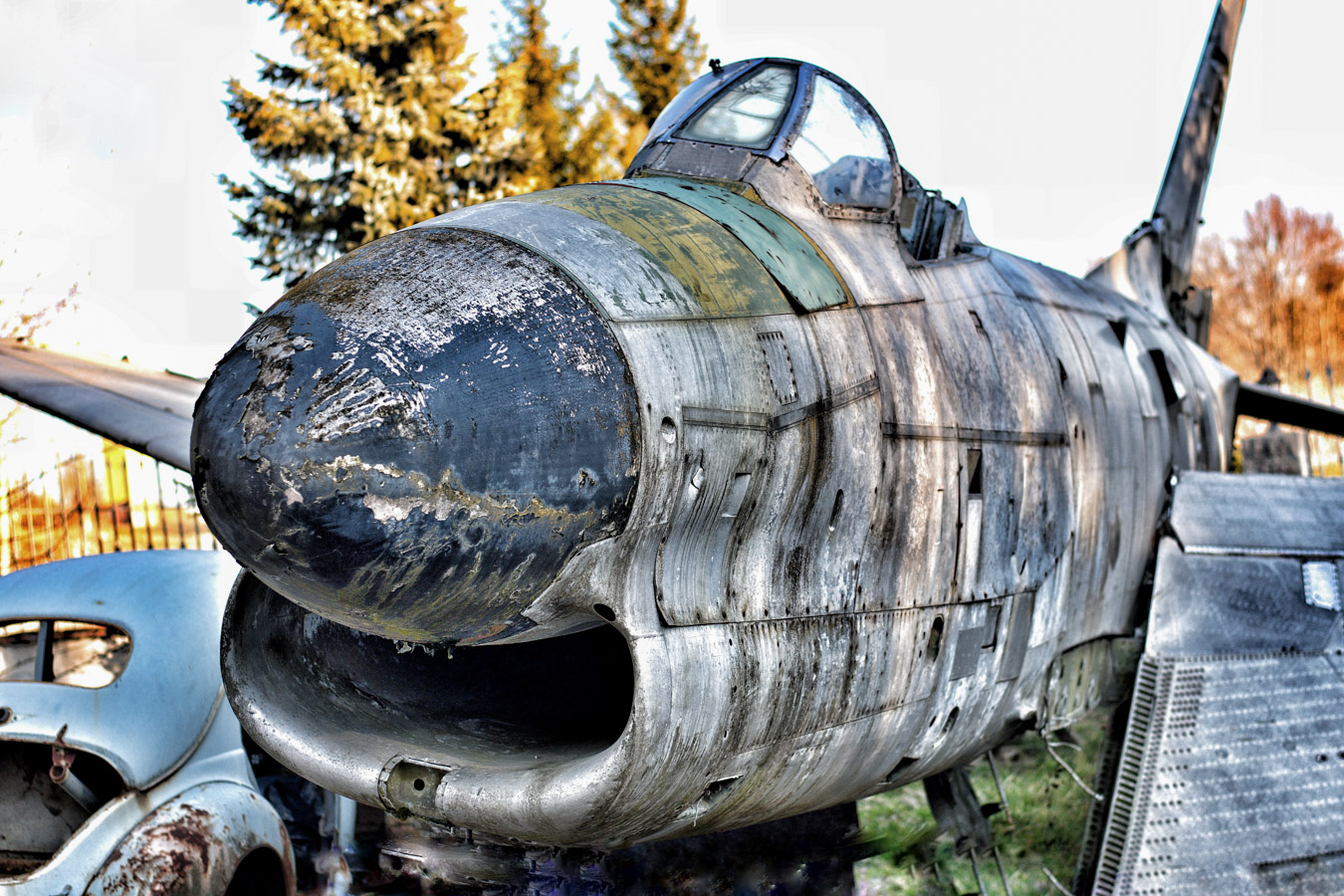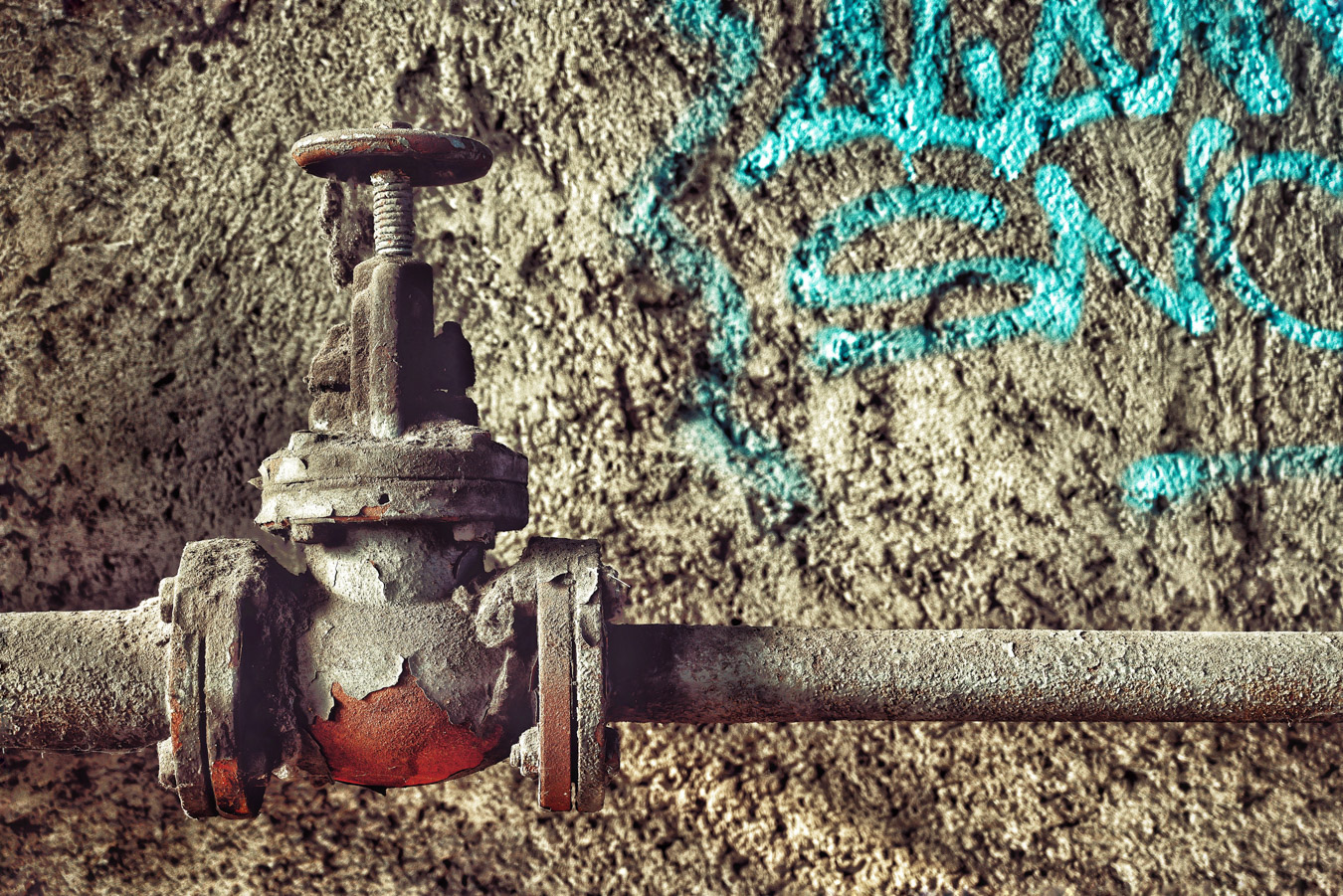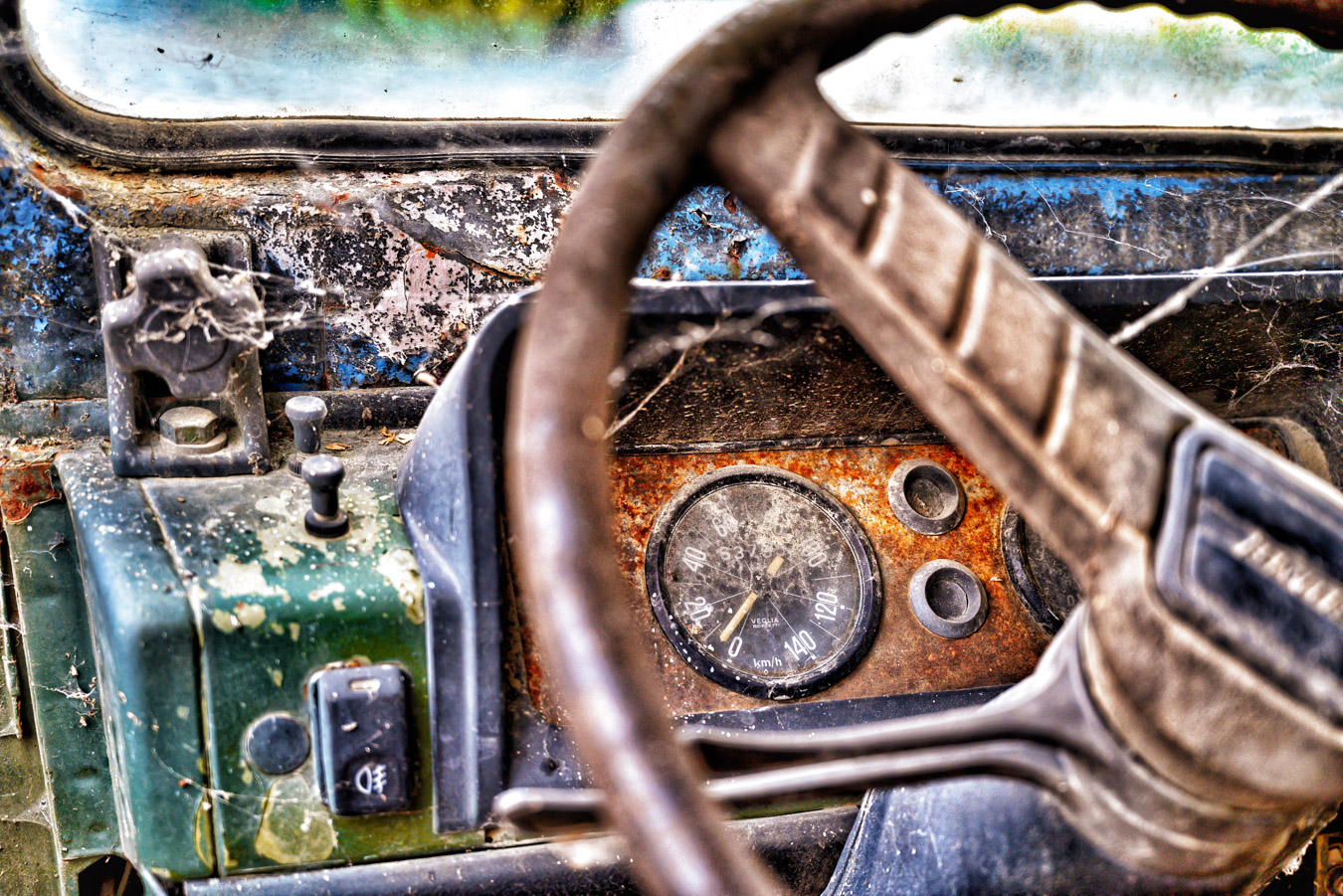
When I step into the world of urbex photography, it’s like I cross into another realm, a world filled with mysteries, history, and abandoned stories 💥. The adrenaline coursing through my veins as I cross the threshold of a deserted building or slowly traverse a dark hallway is something I can’t find anywhere else. It’s a pure sensation of living amidst what’s lost and forgotten.
I never know what’s waiting for me around the corner. Will the room be empty or filled with remnants of the past, telling their own story? Will I encounter something surprisingly beautiful, something that time and people left behind? This unpredictability gives me a sense of excitement and yearning 😍.
Each discovery, no matter how small or seemingly insignificant, is thrilling. Finding old photographs, records, abandoned clothes, or tools gives me the feeling of uncovering a treasure. It’s like a time machine that takes me back to when these objects and spaces were brimming with life.
But the pleasure in this type of photography is not just in the adrenaline and discoveries. It’s mainly in good company. In the friends with whom I share this passion. With whom I can explore and laugh, even when we get lost or something unexpected surprises us. These shared experiences connect us in a way that can’t be described in words 😀.
Urbex photography has given me a lot. A new view of the world, a sense of excitement, and, of course, thousands of unforgettable photographs.
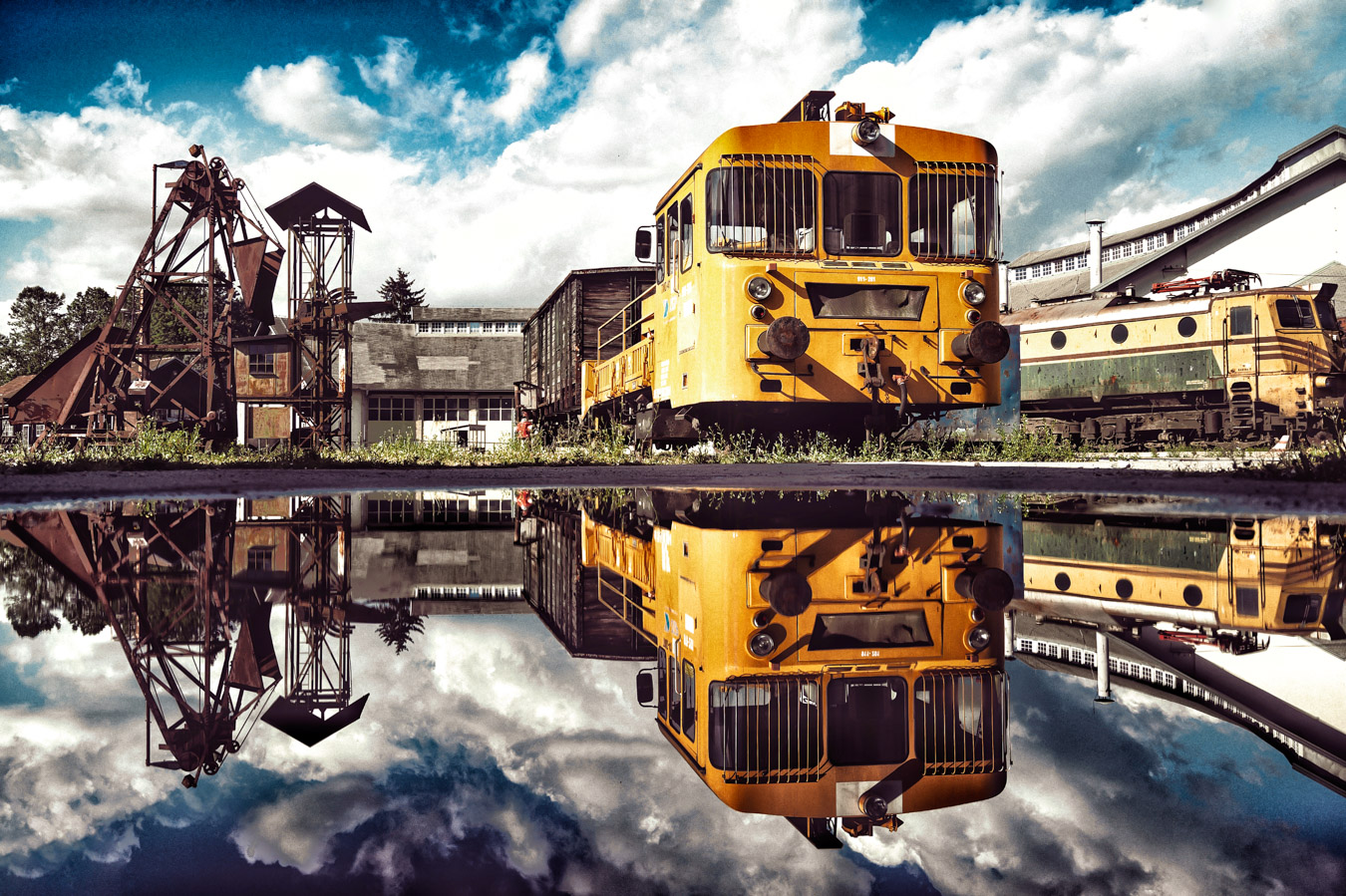
A Brief Overview of Urbex Photography
Urbex photography, also known as abandoned place photography, is one of the most fascinating and exhilarating forms of artistic expression. The term ‘urbex’ comes from the English term ‘Urban Exploration,’ which in translation means exploring urban areas. However, in a broader sense, this term also covers exploring and photographing abandoned buildings, deserted industrial complexes, forgotten subterranean places, and other locations left behind by time. These locations are often removed from everyday life, neglected, or forgotten. This creates the magical and mysterious atmosphere that we Urbex photographers seek.
A passion for exploration, the sense of danger brought by the unknown, the adrenaline excitement of discovering something unique, and capturing those special moments through a lens—that’s the essence of urbex photography. Every shot is a story—a mystery waiting to be unraveled. In this type of photography, every moment, every space, and every object discovered are something special. The passion that Urbex photographers feel for their work is reflected in our images, which are so powerful that they transport the viewer to the scene in an instant.
Urbex photography is appealing because of its uniqueness and unpredictability. With every step into the unknown, Urbex photography brings a new adventure and an unforgettable experience. However, this type of photography is not without its challenges. Photographers often encounter dangers such as unstable buildings, hazardous substances, and even security risks. Nevertheless, with the right equipment, respect for the location, and an appropriate level of caution, urbex photography can become a passion that brings an endless number of unforgettable moments and stunning images.
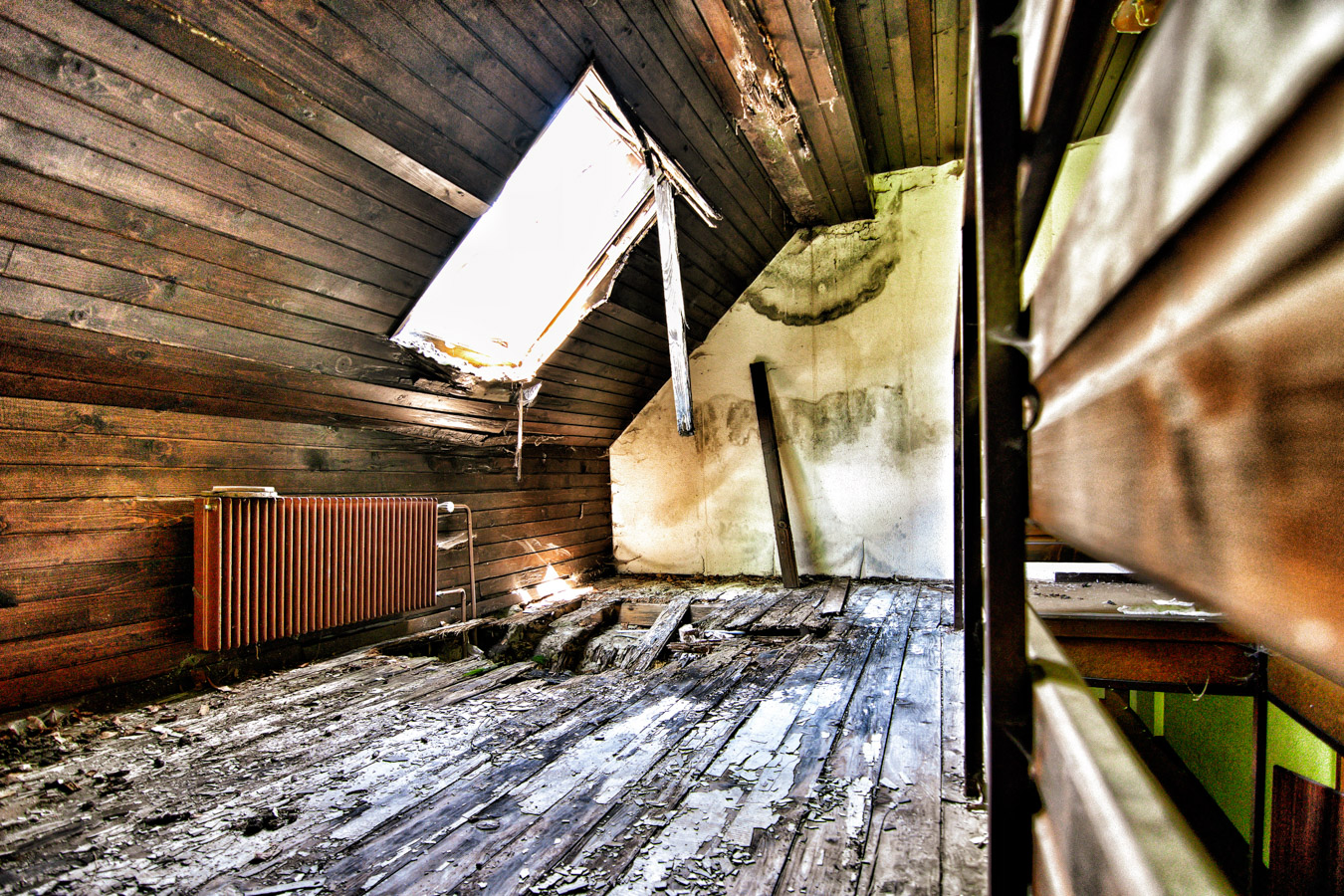
Urbex Photography Rules:
Exploration in Pairs
We never venture into Urbex adventures alone. We always have someone by our side whom we completely trust. This is not only a matter of safety but also of belonging and shared experiences. Having a friend along during Urbex exploration not only means extra safety but also mutual support and fun. The presence of a friend reduces the risk of unpredictable situations and potential accidents while ensuring that our URBEX experience is safer and more enjoyable.
During our joint exploration, a unique bond forms between us that deepens with every step we take into the unknown. Together, we observe, assist each other, learn from each other, and have fun in the unknown 😍.
And at the end of the day, after a long day of exploration, as we sit on the edge of an abandoned building, watch the sunset, and talk about the day’s adventures, we feel a genuine sense of satisfaction. Not just because of the adrenaline and discoveries, but because of the company we had. Together with our urbex friend, we’ve connected in a way unique to this world. And no matter what’s waiting for us around the next corner, we know that together, it’s always more fun 😊.
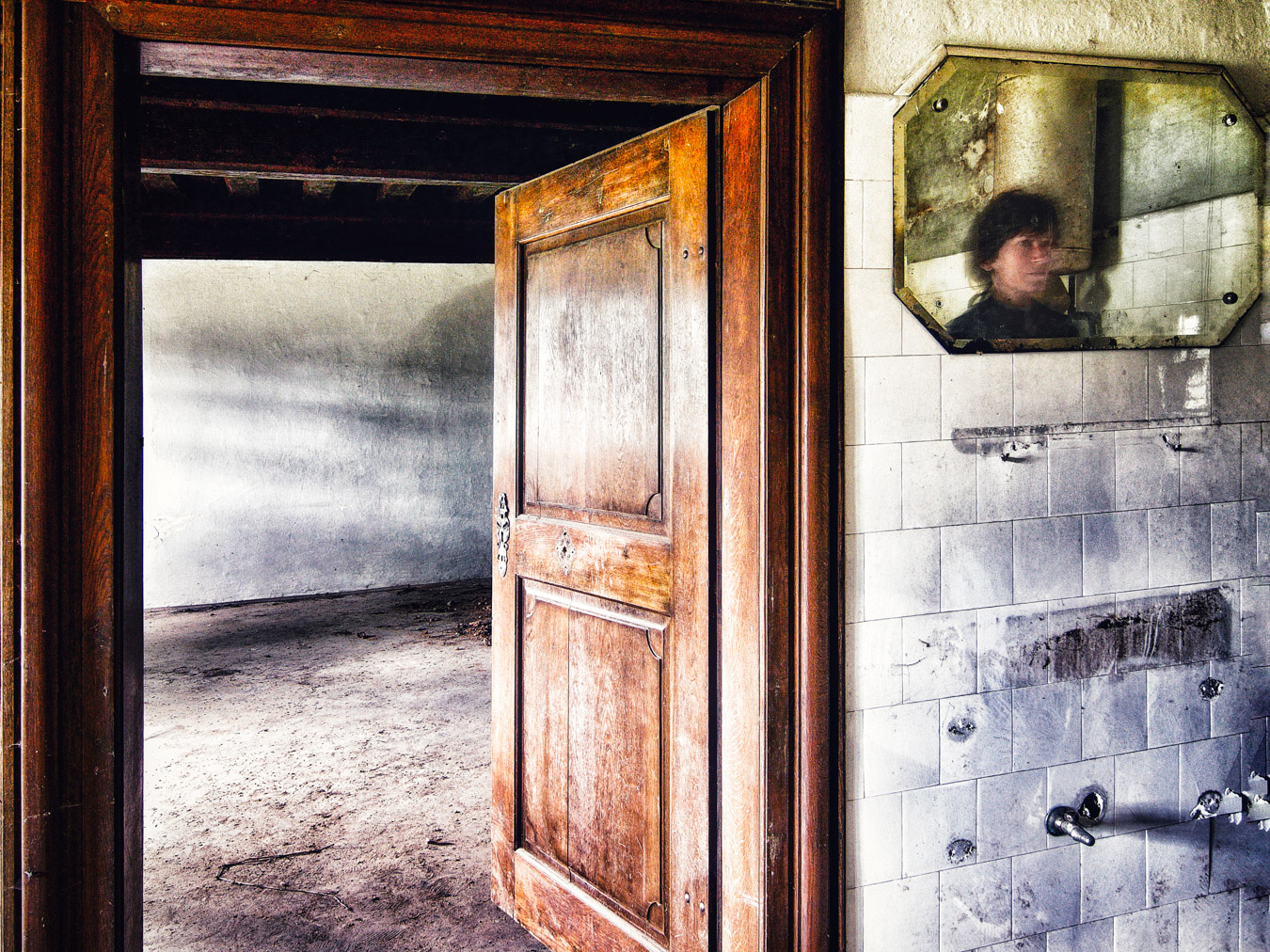
The Golden Rule of Urbex Photography: “Take only pictures, leave only footprints.”
In the world of urbex photography, we always adhere to the basic rule: leave the location exactly as we found it. While we might move an item for a good photo, we always carefully return it to its place. We take nothing and destroy nothing. Even though the walls of the buildings are often covered with graffiti and the floors littered with garbage, we understand that we are there as explorers, not vandals.
Respecting the history and integrity of every object we explore is very important. It ensures other urbex photographers can safely enjoy it in the future. So our motto, “Take only pictures and leave only footprints,” is more than just a guideline. It’s our commitment to respect and preserve these unique places for future generations of Urbex photographers.
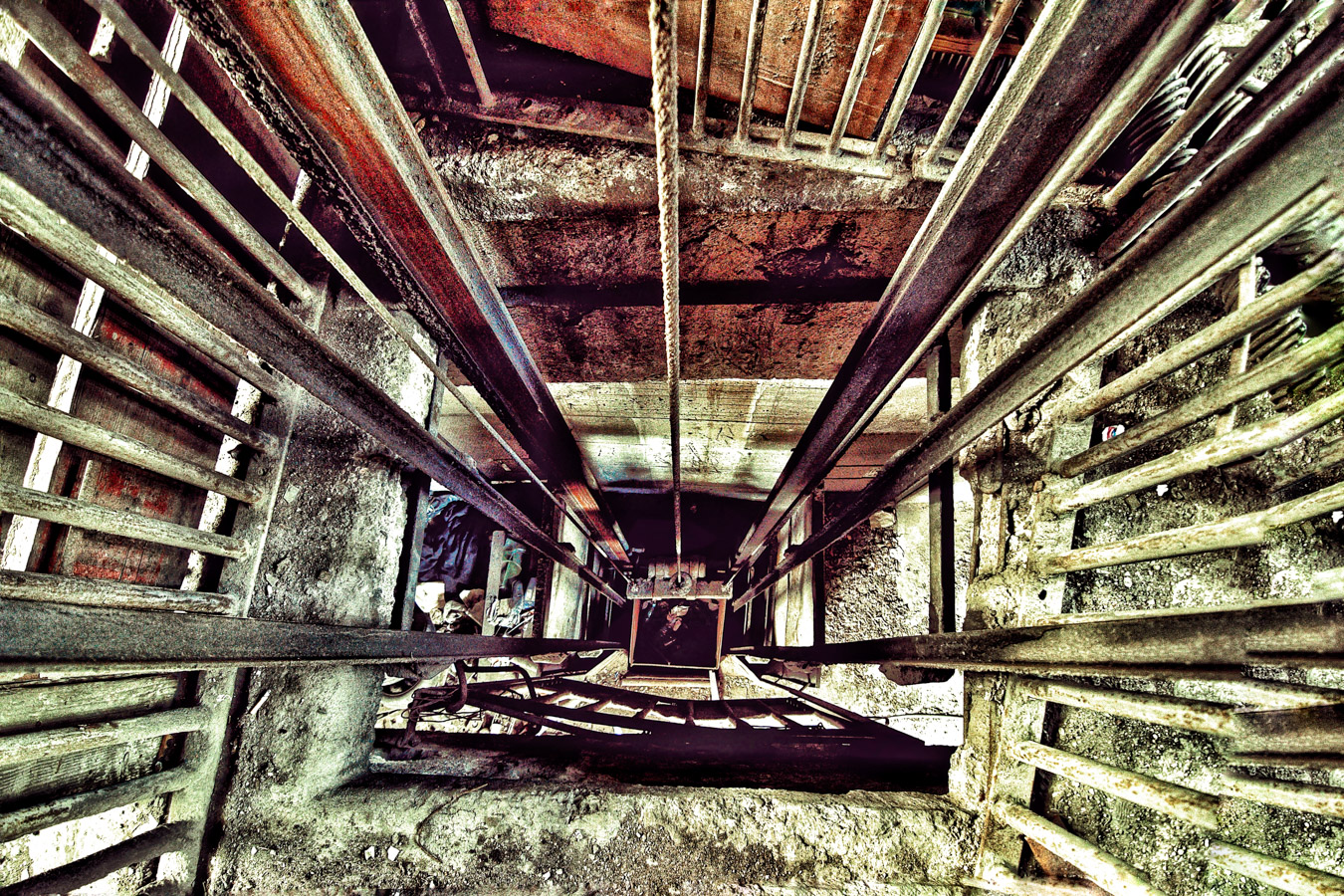
Never Run
In this type of photography, the rule is: never run, stay calm, and be respectful of the surroundings. Urbex photography often leads us to unknown and sometimes even illegal situations where we may meet other people. The first reaction might be to flee, but it’s very important that we stay calm and do not run 🏃.
Why? First, abandoned buildings are not always the most stable and safe. During exploration, we must always be very aware of where we are stepping, how our weight is distributed, and how safe our surroundings are. Running can reduce our attention and increase the risk of dangerous situations.
Secondly, by running, we show that we are aware that we are doing something wrong. If someone approaches us and asks what we’re doing, calmly explain that we are there for photography. The response might surprise us.
It’s also important to adhere to ethical guidelines and not publish or share information about locations that we accessed without permission. Posting information about illegal entry into abandoned areas can encourage irresponsible behavior by others and cause greater restrictions on these locations in the future.
Taking responsibility for our actions, respecting private property and the rules of the area, and practicing ethical behavior are key elements of responsible Urbex exploration!
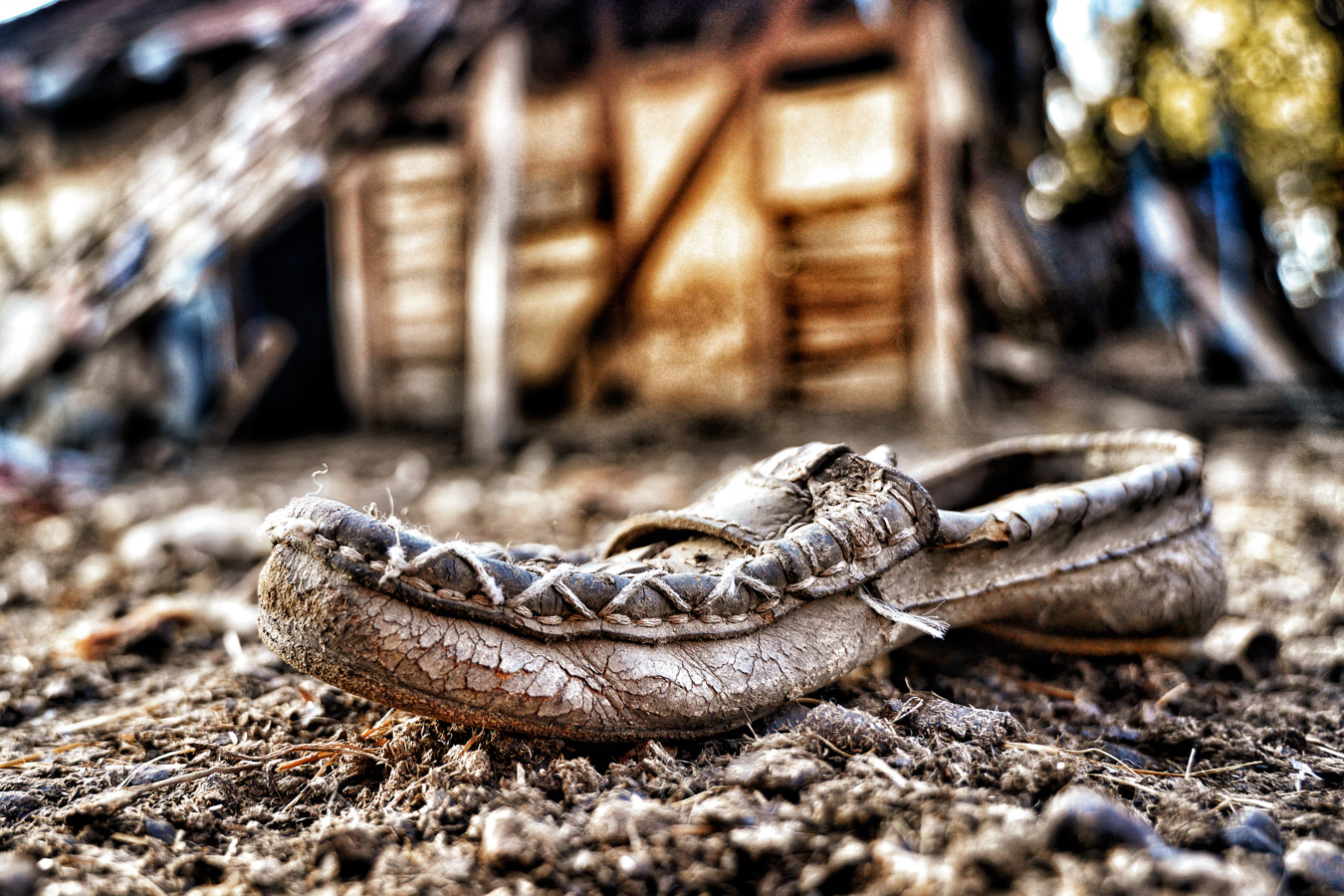
An Important Tip for Urbex Photography: “Always Have a Spare Memory Card at Hand.”
In urbex photography, it’s always good to be prepared for unforeseen circumstances. One such situation could be the appearance of security personnel, who may require us to delete our photographs. To avoid this, it’s good to have a spare memory card on hand, which we can quickly swap in such a case.
If you are photographing with a phone, it’s advisable to send photos to a friend in real-time or store them in a secure location in the cloud. This way, you’ll avoid losing valuable shots in unforeseen situations.
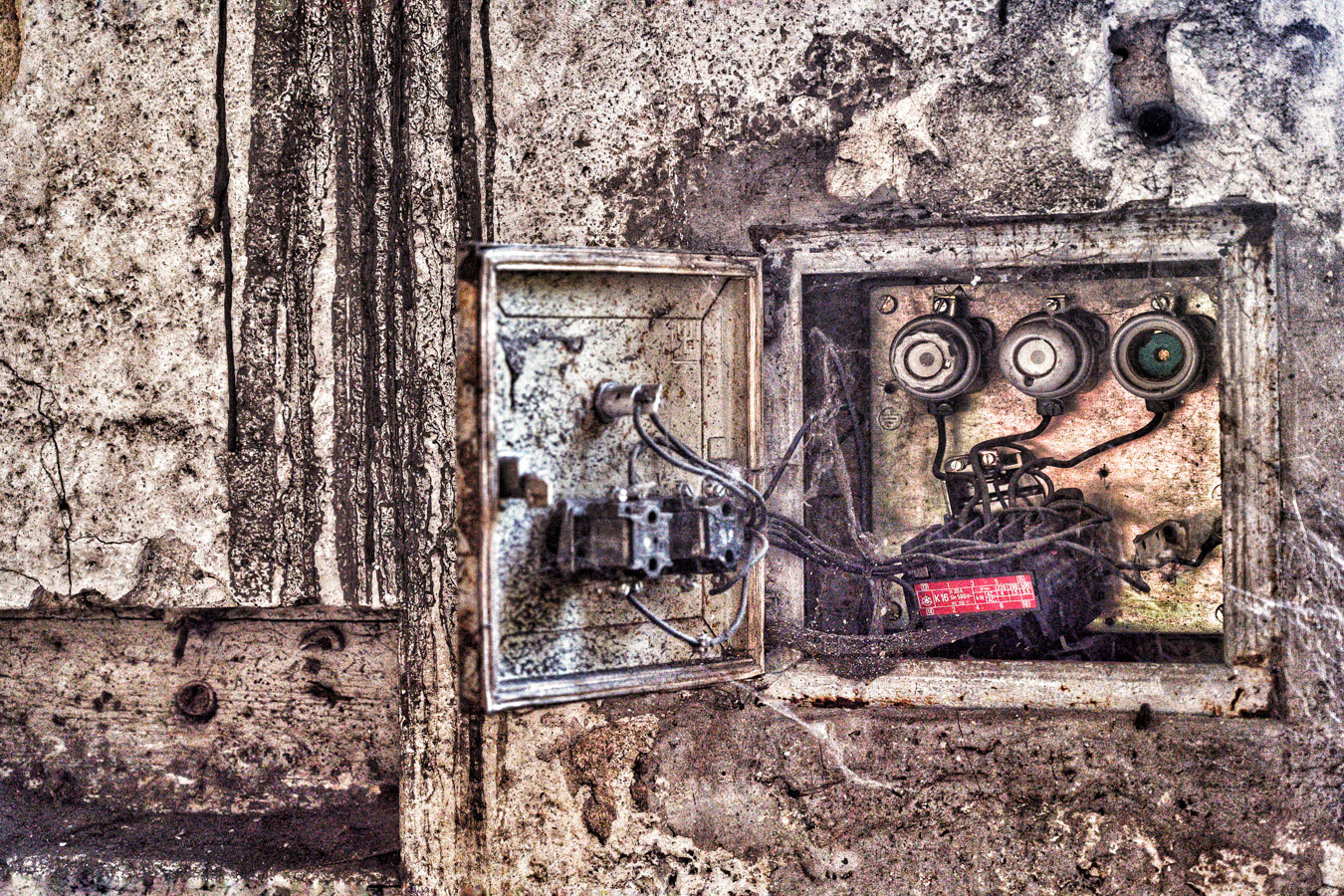
Essential Equipment:
First Aid
A first-aid kit is a vital part of your gear. It’s inevitable that during exploration, minor injuries, such as scrapes or cuts, may occur. A first aid kit allows for quick and efficient treatment of these minor injuries. This way, you’re ensuring your own safety and wellbeing. Don’t forget to include a disinfectant to help prevent possible infections from contact with unclean surfaces.
Snacks and Hydration
With this type of photography, you never know how long your exploration might last. I often say that time stands still during these moments. Therefore, always have snacks on hand, such as energy bars, nuts, or dried fruit. This will ensure the necessary energy and hydration during the long hours spent in abandoned buildings. A snack break also provides a great opportunity to review and compare photographs. And, of course, to have a good laugh.
Flashlight
Exploring Urbex locations often takes place in dark spaces where natural light isn’t sufficient. Hence, it’s good to have a flashlight with you. It will allow you to survey your surroundings, identify potential hazards, and take quality photos even in poorly lit spaces. Make sure you have enough spare batteries or other power sources with you. With a flashlight, you can safely and efficiently explore and photograph even in conditions of limited light.
Ensure Your Safety
Urbex can be exciting and fun, but safety should always come first. Always ensure that you have the right equipment with you: suitable footwear, a water bottle, snacks, appropriate clothing, a phone, and a flashlight. Moreover, the use of protective masks, which guard against dust and airborne particles, is becoming increasingly common in the Urbex community. Well, I haven’t used one yet.
Be cautious. Don’t enter buildings that look suspicious. Avoid walking under ceilings that appear as though they might collapse on you.
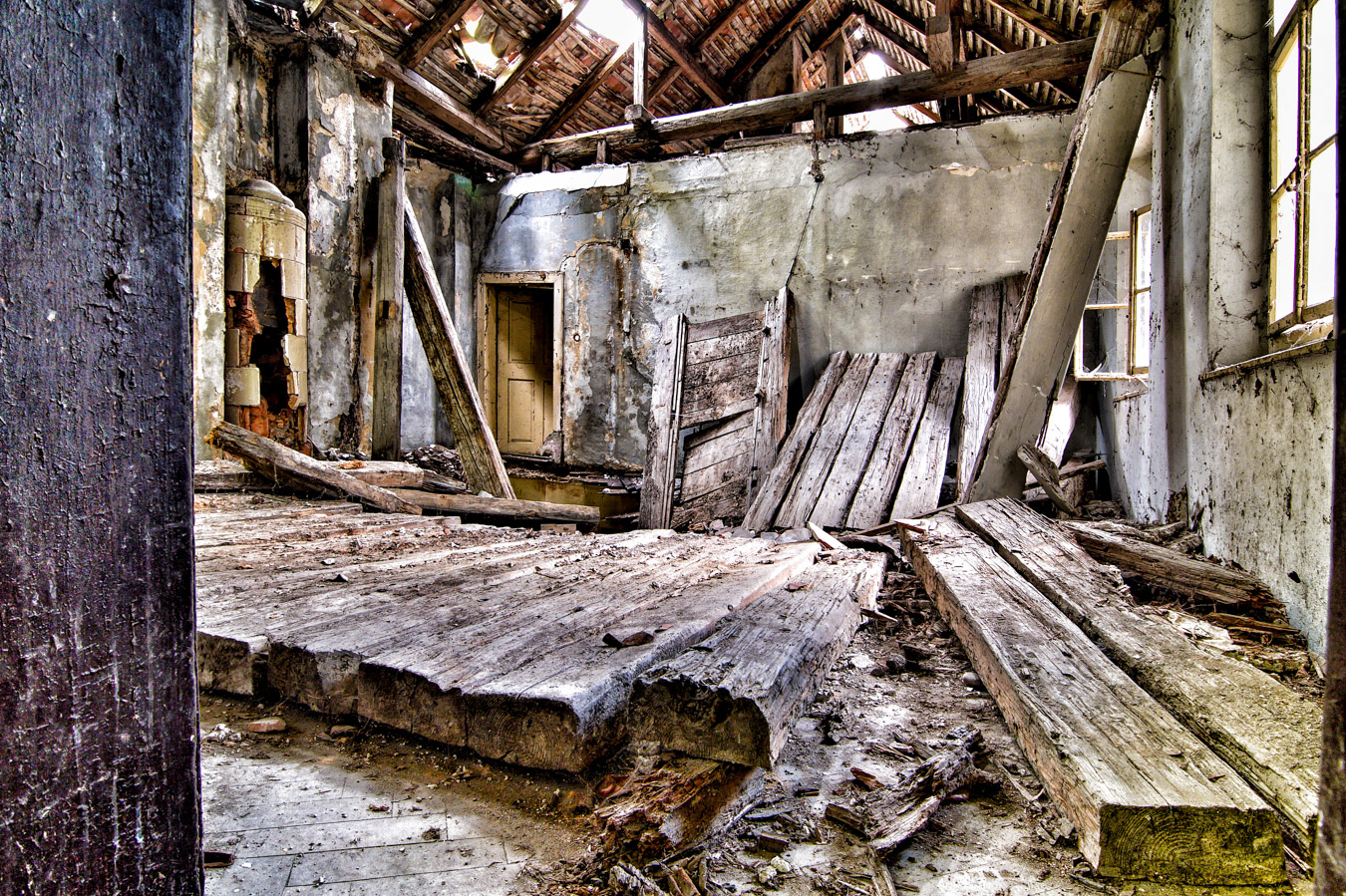
How do we find Urbex Locations?
- The simplest and most enjoyable way is to gather some good company and set off exploring. You could drive around without a specific destination in mind, visit old industrial zones, or simply let your curiosity guide you.
- Google Maps and Google Earth are exceptional tools for exploration. You can survey an entire city without leaving your couch.
- Leverage local knowledge. If you’re new to a city or just a visitor, ask the locals. They’ll often share tips and shortcuts with you.-
- In addition to the above suggestions, you can also search “how to find abandoned places” on Google.
- We Urbex photographers are incredibly cautious about sharing location information. It’s not that we don’t want to share it, but rather that we’re careful. We sincerely wish for these locations to remain untouched. Therefore, we don’t indiscriminately share information about them. Each location has its own story and its own charm, and preserving that uniqueness is crucial. We realize that sharing locations poses a risk, as it can lead to unnecessary destruction or vandalism. Therefore, our information is always thoughtfully selected and carefully shared.
- We meticulously build a network of people with whom we share Urbex location information. These are individuals we trust and believe respect the “Leave only footprints” principle. In this way, we ensure that location information gets into the hands of those who will treat it with the same degree of respect as we do.
Therefore, you will not find details about the exact locations of our explorations on our social networks. This is part of our commitment to preserving and respecting these unique and often sensitive places. We believe it’s part of our responsibility as Urbex photographers to help preserve these pristine locations for future generations.
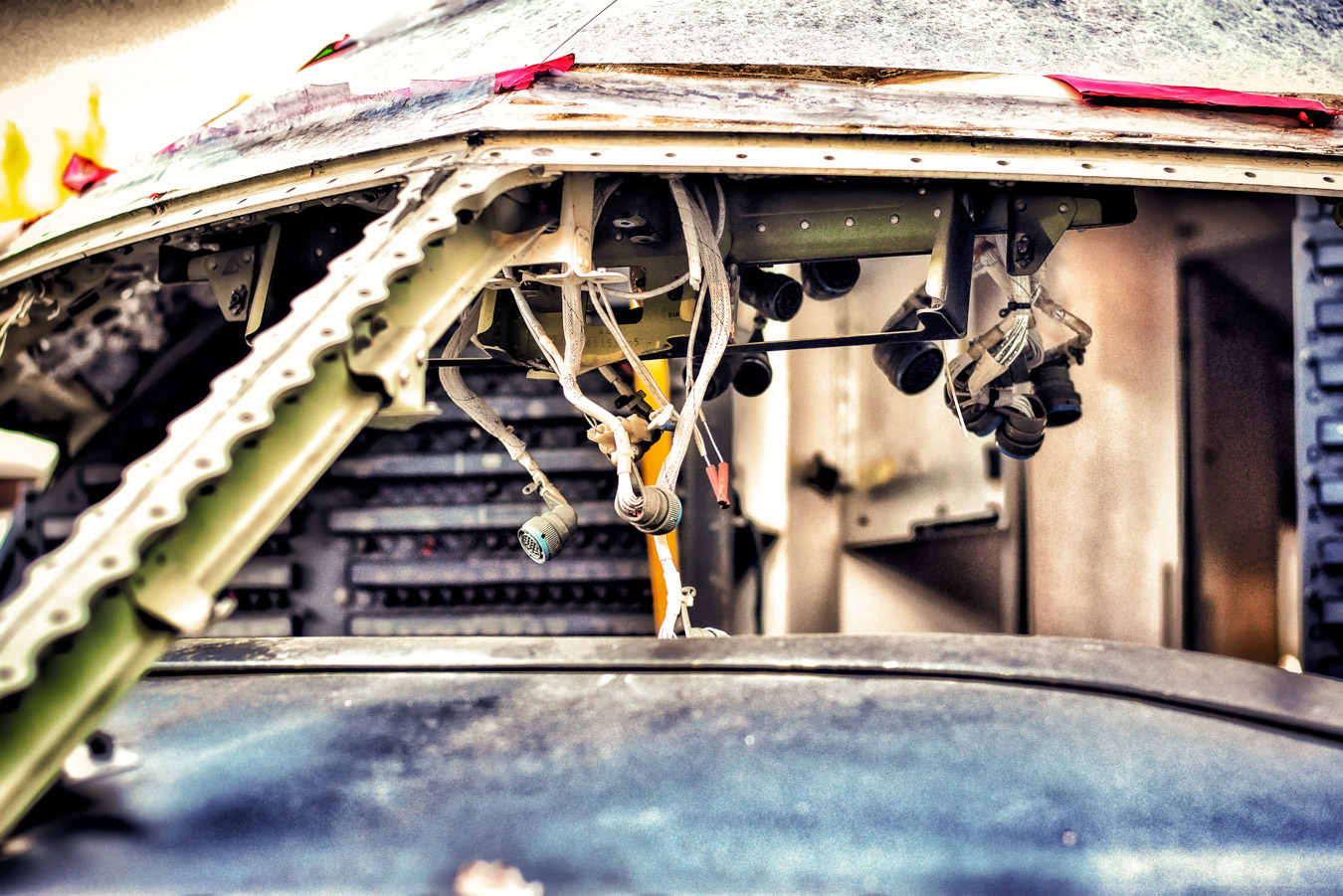
Equipment Selection
Choosing the right lens is just as important as selecting the right camera. However, there’s so much information on lenses that it can sometimes be hard to take it all in.
I will quickly present the best lenses for urbex photography.
- A prime lens is excellent for urbex photography. They’re suitable for landscape and street photography, which is ideal for urban explorers.
- A zoom lens has its advantages. As you explore abandoned places, you’ll come across spots you cannot reach. A zoom lens will help you capture those particularly challenging shots.
- Wide-angle lenses are great for landscapes and cityscapes. They’re also popular among architectural and real estate photographers, making them ideal for urbex photography.
Aperture
You’ll also need to consider the range of the aperture on the lens. A low aperture is required in low-light situations, so you won’t have to rely on a slow shutter speed. You will also have more options when selecting the depth of field.
The aperture on a lens is crucial for controlling the amount of light that enters the camera. The size of the aperture is denoted by “f-numbers”, where a lower f-number signifies a larger opening (e.g., f/1.4, f/2.8), and a higher f-number represents a smaller opening (e.g., f/16, f/22).
In low-light situations, like abandoned buildings, a lens with a low aperture (e.g., f/1.4 or f/2.8) is very beneficial. With a larger aperture opening, the camera can gather more light, meaning you can use a faster shutter speed to prevent blur from camera shake or moving subjects.
Furthermore, the aperture affects the depth of field, which is the area of focus in your shot. Lenses with a lower aperture can achieve a shallower depth of field, which is useful for isolating subjects from the background or creating artistic effects with blur (bokeh).
Therefore, when choosing a lens for urbex photography, it’s important to consider the range of aperture the lens offers, as this allows you flexibility in working in different lighting conditions and creating various aesthetic effects.
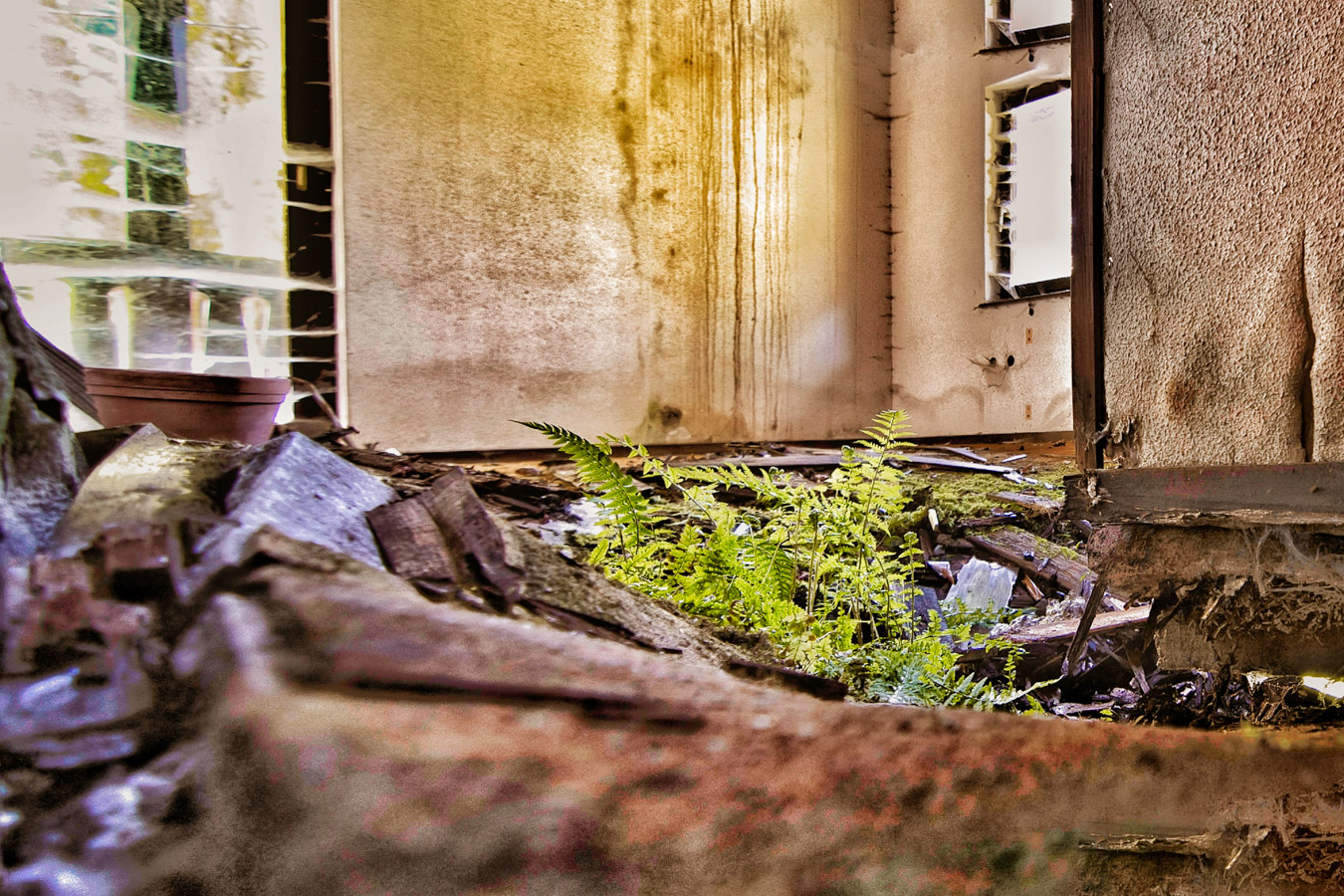
Photo Processing
Processing urbex photographs requires special attention and care. Shooting in RAW format is highly recommended for optimal processing. RAW files contain all the data captured by the camera, allowing for greater flexibility in editing.
Adjusting exposure and contrast
Urbex environments are often dark, and shadows run deep. By adjusting the exposure and contrast, you can highlight details in the shadows without losing details in the bright areas.
White balance adjustments
Due to the different types of light in Urbex locations, adjusting the white balance is key to managing the color tones in the image.
Sharpening and detailing
Urbex photographs often contain a lot of texture and detail. Using sharpening and detailing tools, you can further emphasize these elements.
Color grading and toning
Color grading and toning allow you to create a special atmosphere and feeling in your images. You might want to highlight cool, gray tones for a gloomy atmosphere or use warmer, sepia tones for a vintage feel.
Adding grain
Grain can add a sense of age and history to your urbex photographs. This can be very effective, but be careful not to overdo it, as excessive grain can reduce the sharpness and clarity of the image.
Retouching
If there’s anything in the image you’d like to remove, you can do this with retouching tools. This can be useful if there are elements in the picture that distract from the main subject.
Software like Adobe Lightroom and Photoshop are often used for processing URBEX photographs. Both programs allow for extensive editing and are very popular among U.S. photographers.
As always, it’s important to emphasize that editing should enhance an already good image, not fix a bad one. So, dedicate time and effort to mastering the basics of photography before tackling editing.
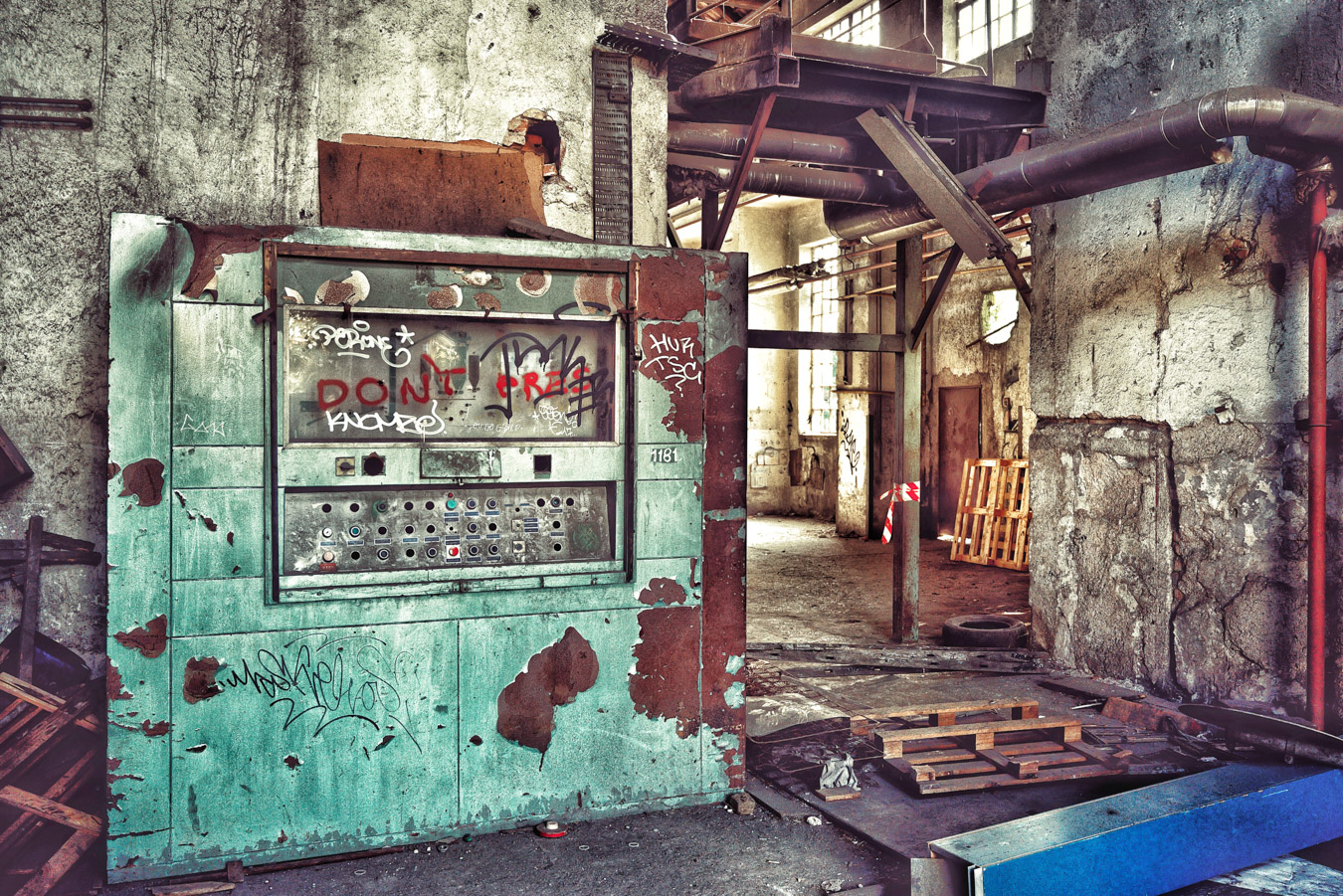
Conclusion
At the end of our journey into the world of urbex photography, we realize that this form of art is much more than just capturing abandoned and forgotten places. It’s a way of experiencing and understanding the world around us. It’s about exploration and discovery of the unknown; it’s an adventure and an adrenaline rush; it’s a passion and love for art 🔥.
Urbex photography allows us to immerse ourselves in a world full of history, mysteries, and undiscovered stories, where every step uncovers a new chapter. In it, we find beauty where most people wouldn’t expect it. This form of art teaches us to appreciate the transience and fragility of life and encourages us to preserve traces of the past for future generations.
Therefore, I invite you to join us in this enchanting world. Come and experience the unpredictability and excitement that urbex photography brings.
Now is the perfect time to step out of your comfort zone. Take your camera and embark on an adventure. What are you waiting for 😁? Discover your passion and create unforgettable memories. Urbex is more than just a hobby; it’s a way of life, and maybe it’s just what you’ve been searching for. Urbex photography is where every shot tells a story and every step uncovers a new mystery. Happy shooting 📸!
